The barracuda is a name for a kind of fish with an elongated torpedo-shaped body. There are about 20 different species. The largest, the Great Barracuda, can grow up to 2m in length and weigh up to 50 kg. Barracudas are found in the warm waters of the oceans and in the temperate waters of the Mediterranean and the Red Sea. Barracudas, especially when they’re young, live primarily around coral reefs and close to the coastline. When they reach adulthood, they often swim out into the open sea. Their large mouths and long, sharp teeth make Barracudas a fearsome predator. Their hunting techniques vary with age. Young barracudas hunt in packs. They begin by surrounding their prey, preferably shellfish, squid and other smaller fish that move in shoals. Next they attacks and kill their prey with a single bite.
When they reach adulthood, between 2 and 4 years old, larger barracudas leave the group and live in isolation, although their hunting strategy remains the same: lightning fast attacks unleashed at a speed of nearly 60 kilometers per hour and powerful bites. To detect prey, barracuda rely almost entirely on sight and they have a tendency to swim to the surface, where there is more light. Females lay up to 300,000 eggs, which are dispersed by just leaving them to float freely.
The larvae develop from the eggs and instinctively head toward the shallow waters that are rich in nutrients, such as the mouths of rivers. Young specimens are easy prey for larger fish, and must live in packs to defend themselves. By contrast, adults have few predators, such as sharks, and can easily reach 14 years of age. The barracuda is a very aggressive creature, but rarely attacks humans. Usually this occurs when barracudas mistake the reflection of swimmers watches and bracelets as fish scales.
When they reach adulthood, between 2 and 4 years old, larger barracudas leave the group and live in isolation, although their hunting strategy remains the same: lightning fast attacks unleashed at a speed of nearly 60 kilometers per hour and powerful bites. To detect prey, barracuda rely almost entirely on sight and they have a tendency to swim to the surface, where there is more light. Females lay up to 300,000 eggs, which are dispersed by just leaving them to float freely.
The larvae develop from the eggs and instinctively head toward the shallow waters that are rich in nutrients, such as the mouths of rivers. Young specimens are easy prey for larger fish, and must live in packs to defend themselves. By contrast, adults have few predators, such as sharks, and can easily reach 14 years of age. The barracuda is a very aggressive creature, but rarely attacks humans. Usually this occurs when barracudas mistake the reflection of swimmers watches and bracelets as fish scales.
RELATED


FLY
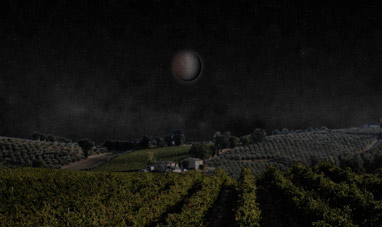

LUNAR ECLIPSES


BLACK WIDOW SPIDER


DROMEDARY
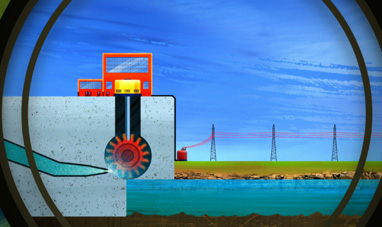

HYDROPOWER


KINETIC, POTENTIAL AND MECHANIC ENERGIES


SOLAR THERMAL ENERGY
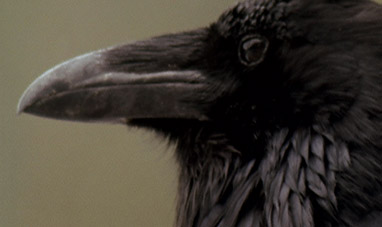

RAVEN


STARFISH
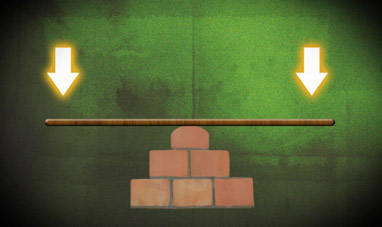

FORCE, EQUILIBRIUM AND LEVERAGE
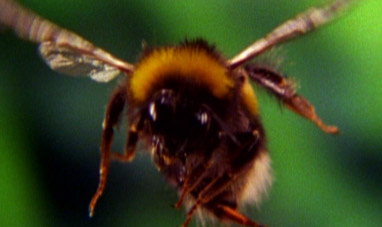

BEE


GARLIC


SCORPION
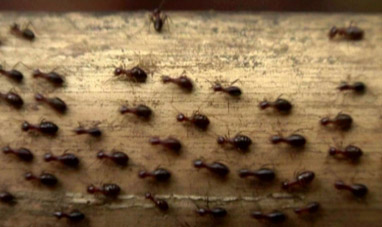

ANT


THE DIGESTIVE SYSTEM


FLAMINGO


THE SKELETON
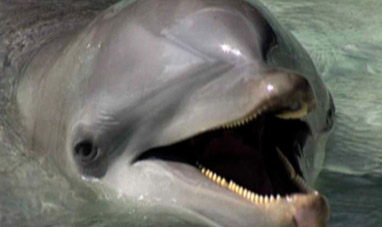

DOLPHIN


TWITTER
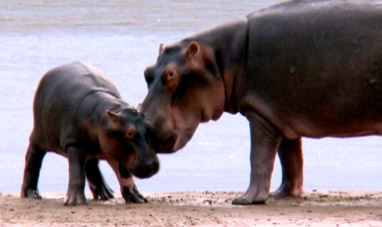

HIPPOPOTAMUS


FLEA
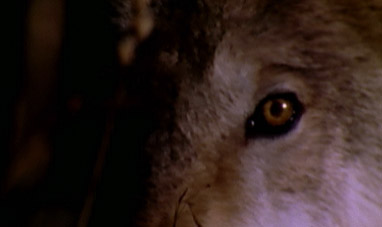

WOLF


JELLY FISH
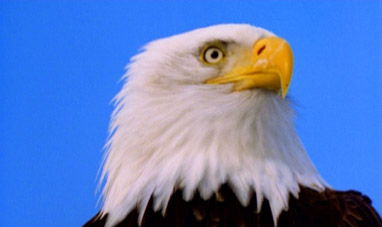

EAGLE
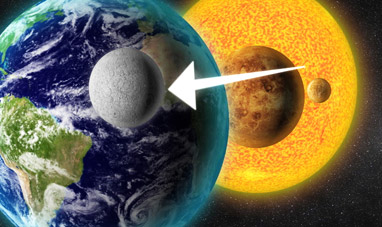

THE MOON
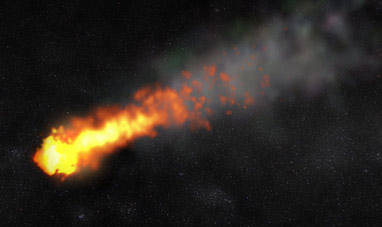

METEORS
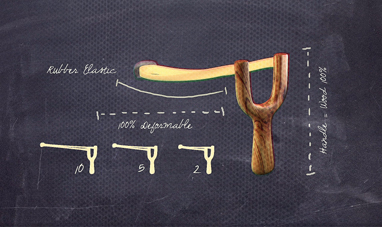

NATURAL RUBBERS
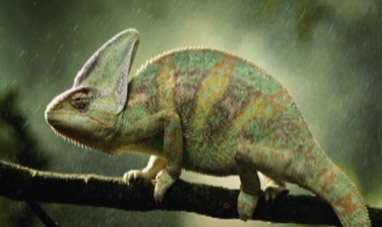

CHAMELEON


WHEAT


THE FEMALE REPRODUCTIVE SYSTEM
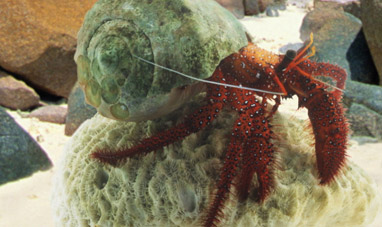

HERMIT CRAB
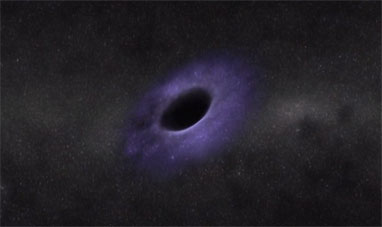

BLACK HOLES
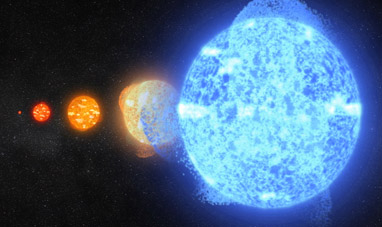

STARS


ARCHIMEDES' PRINCIPLE


CHEMICAL BONDS
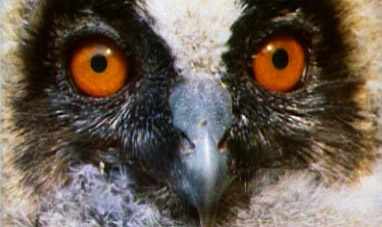

OWL
